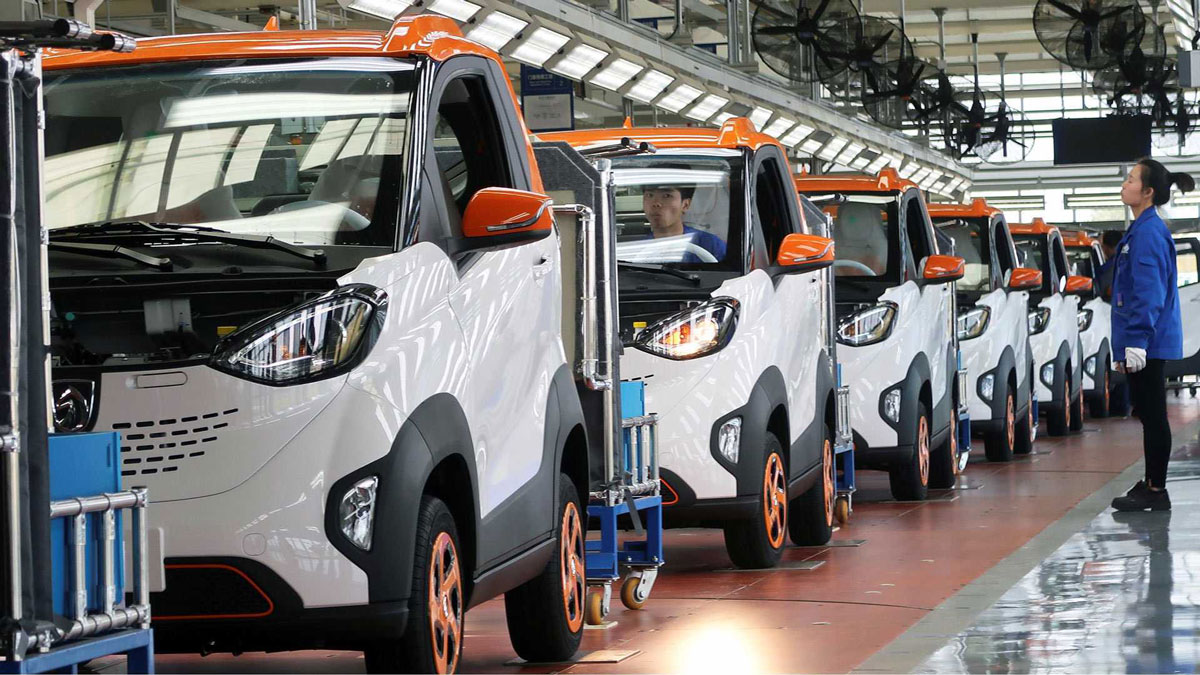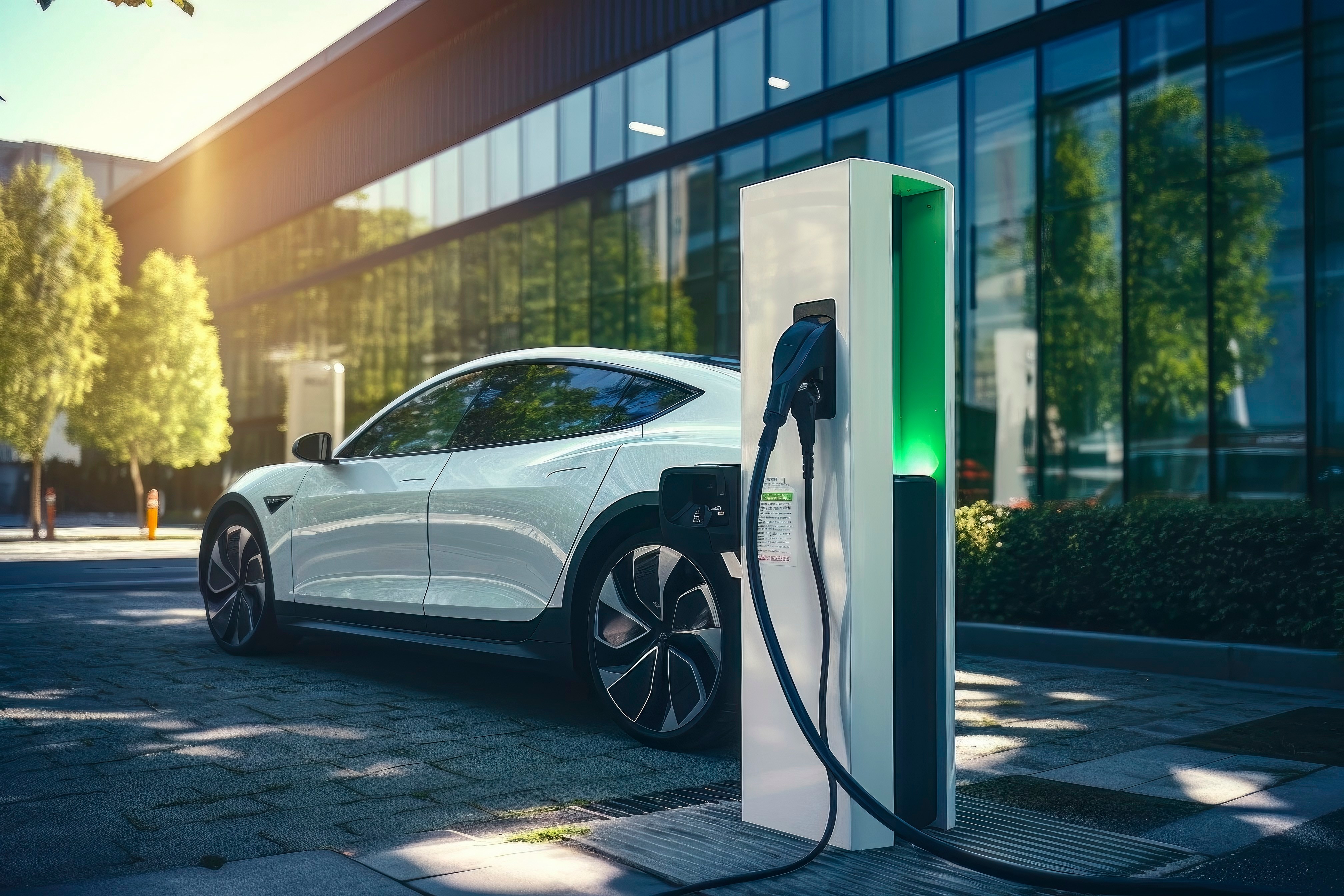8 Lessons on how China won the EV war years ago (and how Europe could learn a few things about it)

If I haven't cried out loud about China becoming a leader in battery technology and scale of production for years, no one has. Fast-forward to 2024, and incumbent industries in the West can only cry for tariffs and import regulations to try to save some of their market share. What can I say? The line between not being visionary and cluelessness shouldn't be a fine one, even in the automotive industry.
That being said, there are powerful lessons to be learned from China's eminently strategic approach to boosting the new EV industry from zero to global leadership in about ten years.
Here are the key points I think Europe should steal, adapt, and implement for any technology-dependant market looking forward (that is, instead of just throwing away money at startups and hoping for the best):
- The "easy part" is looking back at how the Chinese government provided substantial subsidies to the EV industry, with total support reaching around $15 billion by 2022. These subsidies were clearly targeted throughout the industrial value chain, down to the final consumers.
This seemingly easy part in Europe would mean a solid alignment of all our different nations around this idea, accepting that countries with large automotive production end up getting a large chunk of the subsidies while others would be more impacted on the consumer's side, not that an easy task when Germany, France, and Spain account for about 60% of the whole European production.
- On top of this, China provided clear industrial policies with investment in EV research and development exceeding $7 billion in recent years, establishing along the way several EV manufacturing hubs, such as the one in Shenzhen, which now produces over 1 million EVs annually.
Here again, picking the regions that would win the subsidy policy in Europe would certainly devolve into a mud fight, where incumbent regions would fight to preserve jobs while other countries would try to become new, modern hubs.
- In addition, China reckoned quite early on that battery technology was central, and companies like CATL were flagged to become the next-gen leaders in battery production. As of 2023, CATL currently commands a 32.6% share of the global lithium-ion battery market.
Locking in a European strategic vision to dominate a key part of the value chain seems more feasible on paper. However, you could argue that how we let go of nuclear technology, mobile technology, and quite a few other critical tech sectors for the better part of the last twenty years doesn't bode that well in our "visionary" skills. But we knew how to do that in the seventies and later in the eighties when oil price pressure was excruciating. We might end up remembering what to do to create new Airbus-like industries.
- But the Chinese government didn't put all its eggs in one basket. Beyond CATL, companies like BYD, NIO, Xpeng, and later Huawei have significantly contributed to the EV industry. BYD's notable push—selling alone over 1.86 million vehicles in 2022, marking a 149% year-on-year increase—is a testimony of how China created intense internal competition, driving innovation and efficiency within the industry (not only creating giant industries surviving through tax breaks and subsidies).
This is another risk we face, as our current automotive industries are overextended and fragile incumbents with weak margins. Pushing back proper subsidies and reframing a competitive European market would require 10 years at this point (just like it did in China). However, there might be several other technological markets that have not yet bogged down in such a drastic position that we could boost further ahead. The way the Netherlands becomes a global agricultural leader, for instance, could open a more global vision for EU countries around foodtech, automation, and agtech. Of course, agriculture is not the simplest market to address in Europe as it's a constant political minefield, but, hey, let me be a bit wishful!
- Imposing ruthless rules on foreign companies that wanted to enter this market further secured the competitive landscape. Historically, China required foreign automakers to form joint ventures with local companies, facilitating technology transfer and ensuring local benefit. This policy helped Chinese firms substantially jumpstart expertise in EV technology. Later, foreign companies operating in China, such as Tesla, were strictly incentivized to use locally produced battery technology, further boosting domestic industry capabilities.
What can I say on this one? Naiveté and candor don't pay at a global market scale. Looking at our U.S. friends, one should ask if all American tech companies should have a free lunch in Europe. Although we have become less and less naive and have adopted stronger regulations, these are only consumer-facing. Forcing tech transfer and imposing strategic localization or use of European tech infrastructure should be a no-brainer in 2024. Because, no, Apple and others can't afford not to be in Europe.
- The economies of scale involved with China’s domestic market becoming the largest EV market in the world, with over 6.8 million EVs sold in 2022, were also instrumental. The more addressable consumers, the faster the industry could ramp up cost-efficient production of new technologies. This flywheel effect propagated to the European and U.S. markets with tremendous momentum.
This part should be the easy one for Europe. Maybe not at the scale of China, obviously, but still, we have the richest population on average and a domestic market of +450 million people ready to be activated. Nordic countries such as Norway demonstrated how to get there on a small scale. As of January 2024, the country had a record high of 93.9% new car sales for plug-in EVs!
- Another visionary strategy of China with EVs is to preemptively remove key bottlenecks in the consumer infrastructure by installing over 1.3 million public charging stations well before the market needed them. As of 2024, China has the largest network of EV charging infrastructure in the world. This extensive network supports the widespread adoption of EVs, alleviating range anxiety among consumers.
Weirdly enough, Europe can be quite good on this one. We do have the culture of building transnational infrastructures, and no, it's not perfect. We are probably way too slow as it is. But still, we know how to do this. The key issue would be, again, the lack of vision, identifying a consensual priority, and not wasting time. And I do have a clear idea on this one.
- The last masterful move from China was fueling aggressive internationalization and global market expansion of Chinese EV manufacturers. We will look back in awe at how BYD, for instance, has entered over 50 countries and regions, and its international sales have surged by 84% in just the last three years. This, again, was not just a corporate decision but a clear signal of what should be done given by the central party, which understood that tech supremacy would not only be secured on an internal market, as big as it can be, but though becoming the de facto standard worldwide. Today, BYD manufactures the most cost-effective and technology skateboards for EVs cross-markets (the flat, modular platform that integrates the battery pack, electric motors, and suspension components, allowing for flexible vehicle design on top of it.)
This is certainly another hard cultural lock for European companies that mostly feel they achieved a major win when they manage to start in Spain and start selling 'abroad' in Germany or Poland. Let me give you this hint: it's not international development if you're within Europe. And whereas other countries like Israel are masterful at pushing their tech leaders to the global market, whether it's the U.S., Europe, or India, we keep playing tic-tac-toe instead of 3D chess... Culture, culture, culture. Again.
Read more on this:











